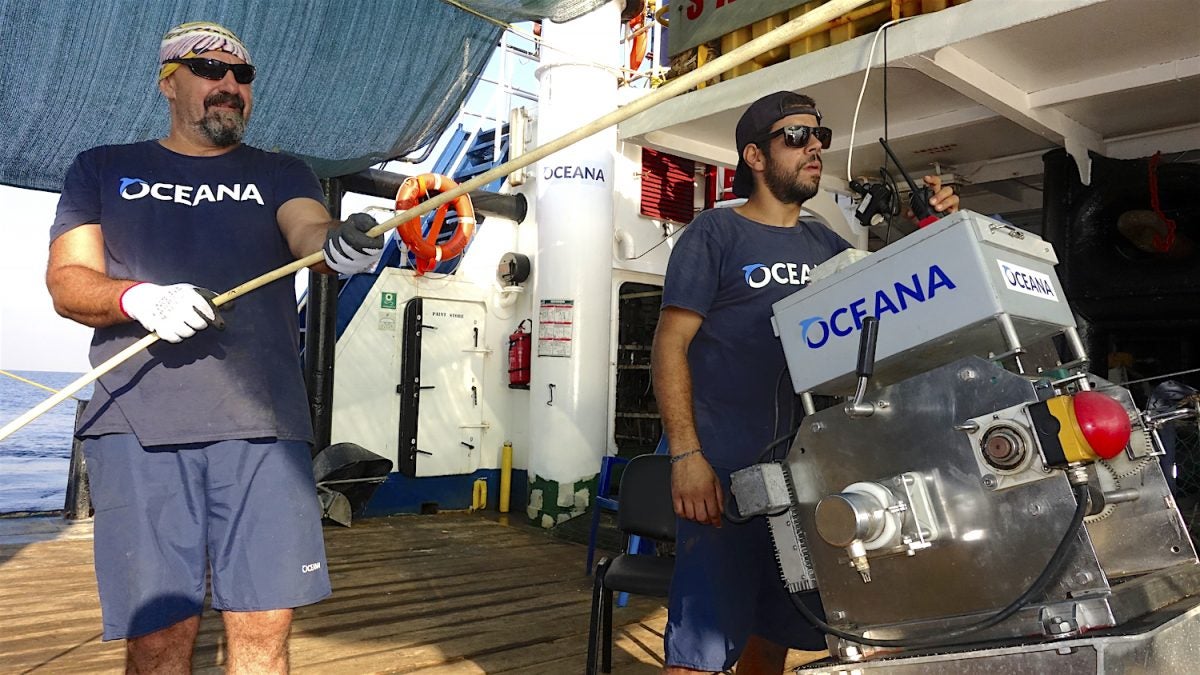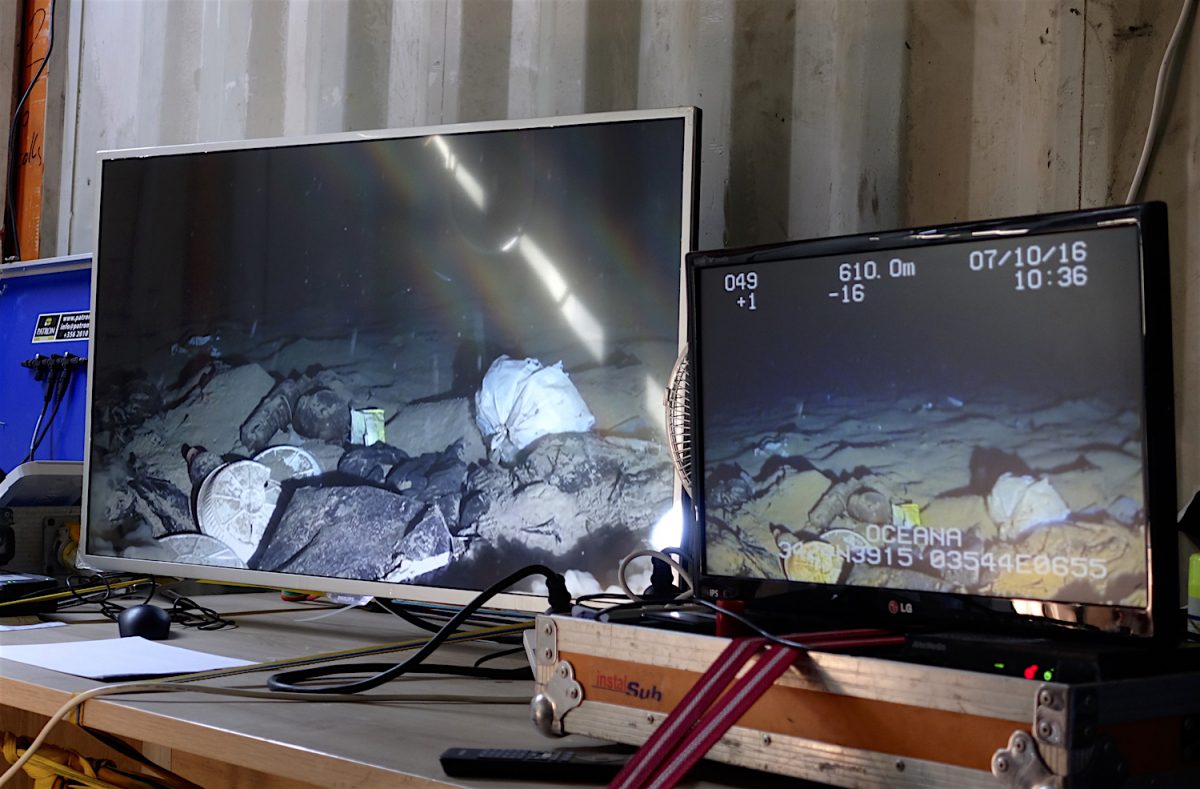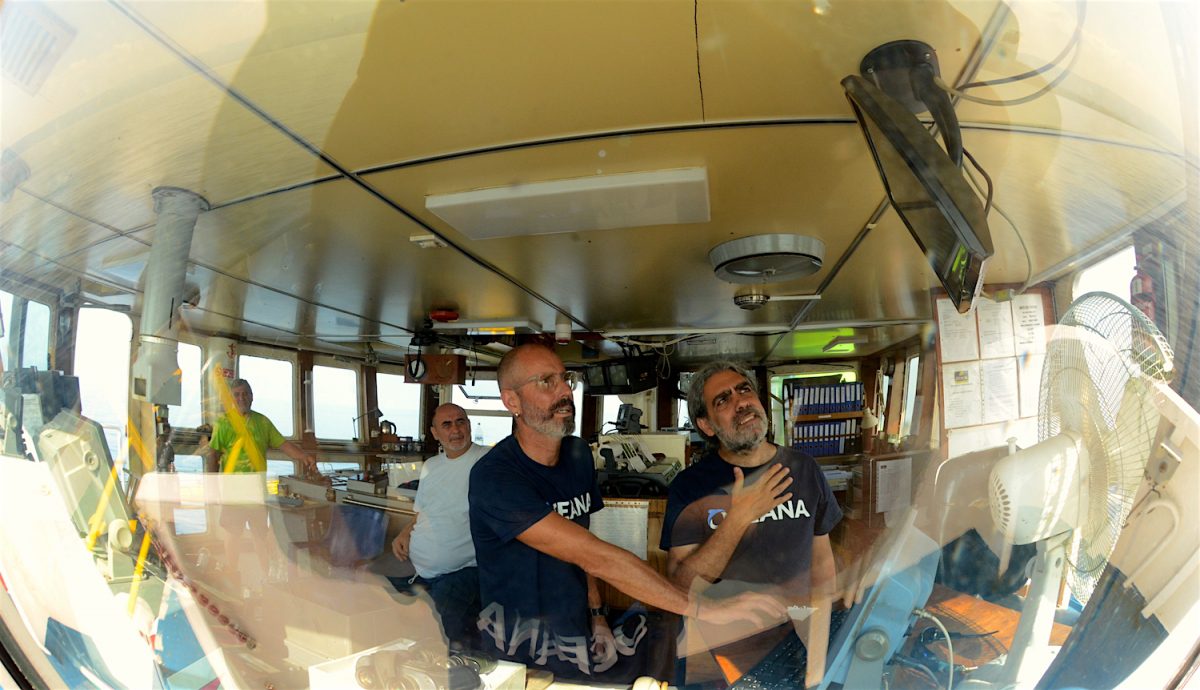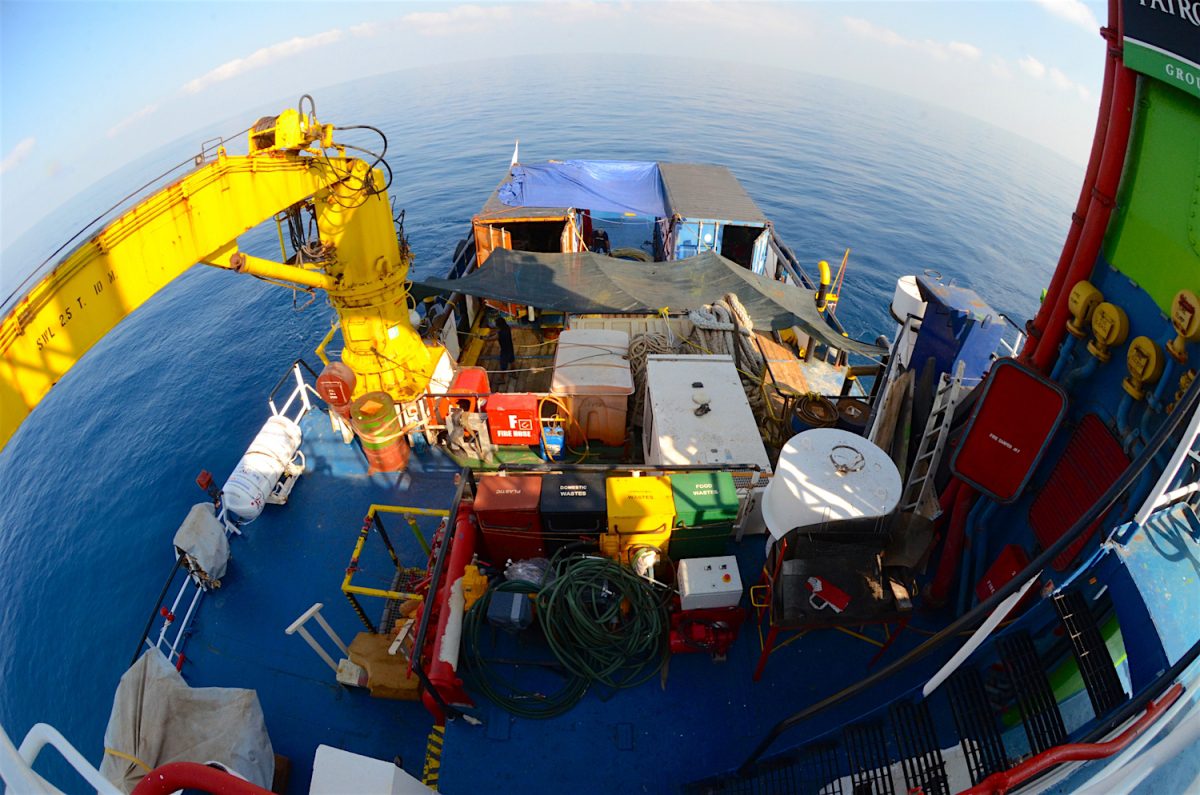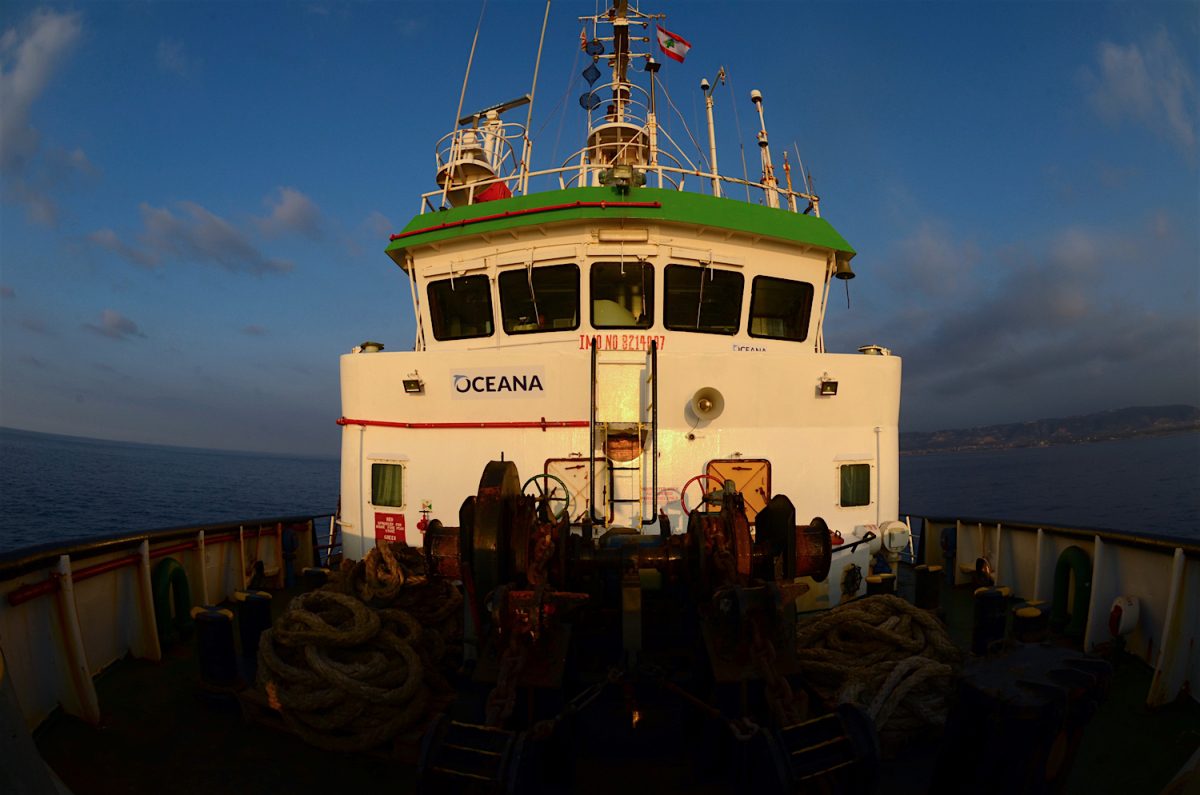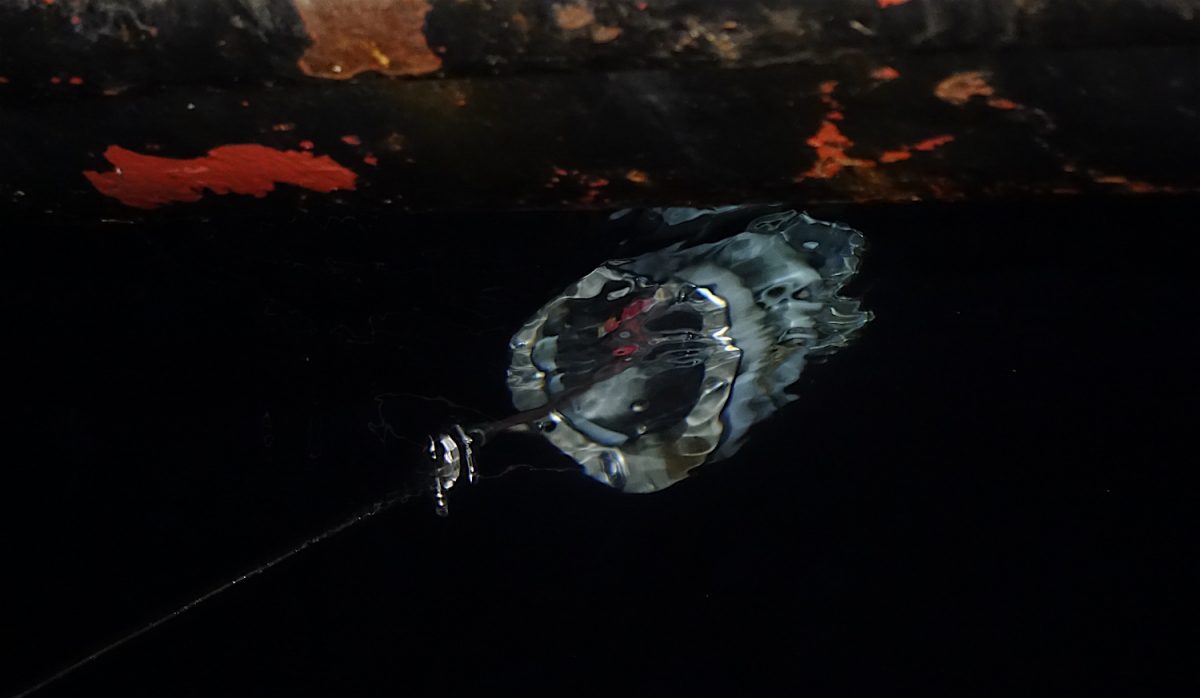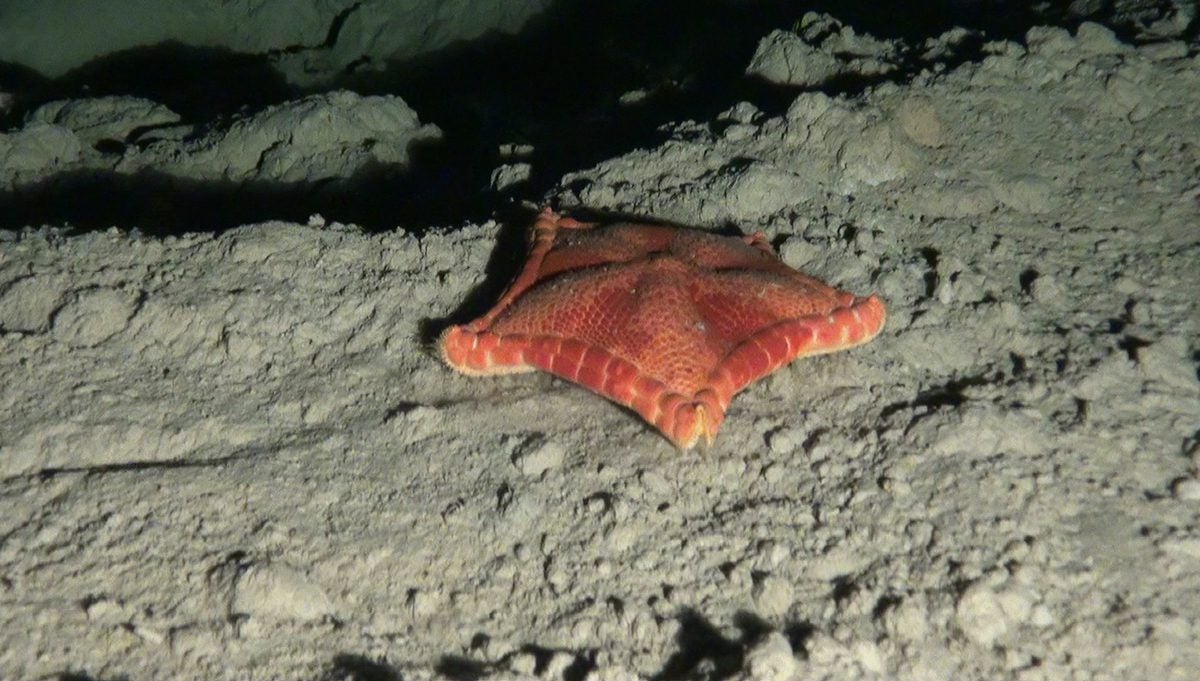October 6, 2016
One month, 5 canyon systems, more than 750 km2…
Third day of the expedition over these virtually unexplored Lebanese Mediterranean seabeds. That’s precisely why we’re here. Oceana wants to study one of the most unknown parts of the Mare Nostrum. During the month of the expedition, Sea Patron and its crew aim to document an area of more than 750 km2 and investigate 5 immense canyon systems.
The submarine canyons are capable of generating currents that cause the accumulation of organic material and nutrients, so that they can become the focus of great biodiversity. Unfortunately, in addition to accumulating nutrients they are also capable of accumulating other substances, less natural, less beneficial for underwater life and infinitely less pleasing to the eye: rubbish.
In these three days of dives with the ROV, we have had the misfortune to witness the immense amount of rubbish that has accumulated in these canyons: plastics, car tyres, bottles, fishing gear etc. As an example, here is an excerpt for today from my notebook:
10:02 Rubbish: plastics
10:06 Chlorophthalmus
10:09 Rubbish: car tyres
10:11 Rubbish: fishing lines
10:12 Helicolenus
10:18 Unidentified rubbish
Hopefully the images obtained in this campaign will serve to raise awareness of the importance of preserving our seas so that both the Chlorophthalmus and the Helicolenus will once again have as clean and beautiful a home as they had before.


